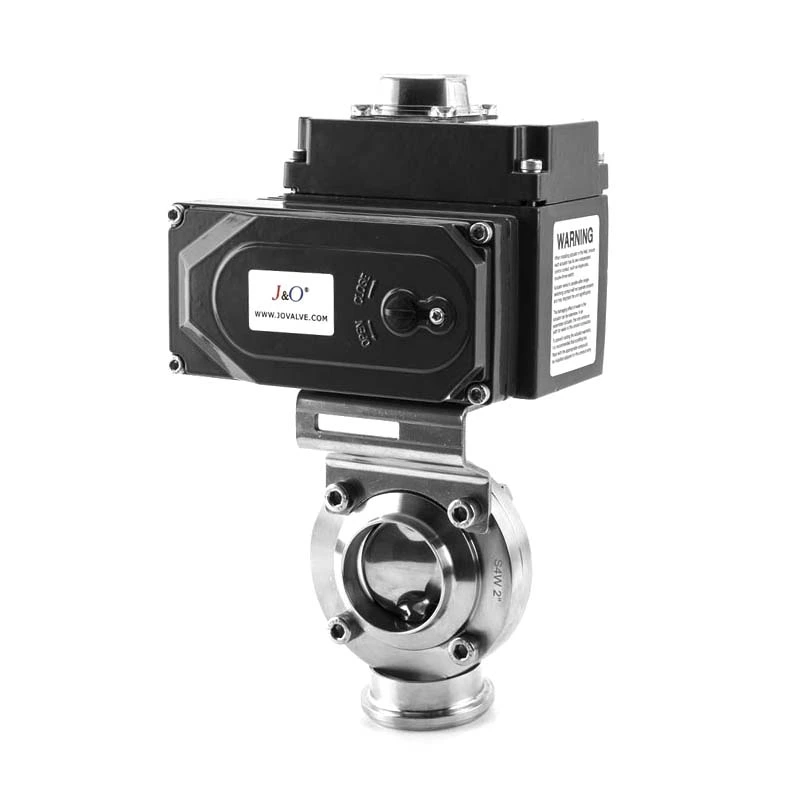Welding Method Of Stainless Steel Mirror Tube
At present, the common methods of Sanitary Valve welding include manual welding (MMA), metal arc gas shielded welding (MIG/MAG), tungsten inert gas shielded welding (TIG), etc. The following is a detailed introduction to the specific matters of these welding methods.
1. Manual welding (MMA): Manual welding is a very common and easy-to-use welding method. The length of the arc is adjusted by the human hand, which is determined by the size of the gap between the welding rod and the workpiece. At the same time, when used as an arc carrier, the welding rod is also a weld filler material.
This welding method is very simple and can be used to weld almost all materials. For outdoor use, it has good adaptability and can be used even underwater. Most electric welders can TIG weld. In electrode welding, the arc length is determined by the human hand: when you change the gap between the electrode and the workpiece, you also change the length of the arc. In In most cases, welding uses direct current, and the electrode serves as both an arc carrier and a weld filler. The electrode consists of an alloy or non-alloy metal core wire and a welding rod coating. This coating protects the weld from air damage and stabilizes the arc. It also causes the formation of a slag layer, which protects the weld and shapes it. The welding rod can be either titanium or sealed, depending on the thickness and composition of the coating. Titanium welding rods are easy to weld, and the weld is flat and beautiful. In addition, the welding slag is easy to remove. If the welding rod is stored for a long time, it must be re-baked because moisture from the air will quickly accumulate in the welding rod.
2. MIG/MAG welding: This is an automatic gas shielded arc welding method. In this method, the arc burns between the current carrier wire and the workpiece under the shield of protective gas. The wire fed by the machine is used as a welding rod and melts under its own arc. Due to the versatility and specificity of MIG/MAG welding, it is still the most widely used welding method in the world. It is used for steel, non-alloy steel, low-alloy steel and high-alloy based materials. This makes it an ideal welding method for production and repair. When welding steel, MAG can meet the requirements of thin gauge steel plates with a thickness of only 0.6mm. The shielding gas used here is an active gas such as carbon dioxide or a mixed gas. The only limitation is that when outdoor welding is performed, the workpiece must be protected from moisture to maintain the effect of the gas.
3. TIG welding: The arc is generated between the refractory tungsten welding wire and the workpiece. The shielding gas used here is pure argon, and the wire is not charged. The wire can be fed either manually or mechanically. There are also some specific uses that do not require the wire to be fed. The material to be welded determines whether direct current or alternating current is used. When direct current is used, the tungsten welding wire is set to the negative pole. Because it has a deep penetration ability, it is very suitable for different types of steel, but it has no "cleaning effect" on the weld pool.
The main advantage of TIG welding is that it can weld a wide range of materials. Including workpieces with a thickness of 0.6mm and above, including alloy steel, aluminum, magnesium, copper and its alloys, gray cast iron, ordinary stem, various bronzes, nickel, silver, titanium and lead. The main application area is the welding of thin and medium-thick workpieces, and it is used as a root weld on thicker sections.
